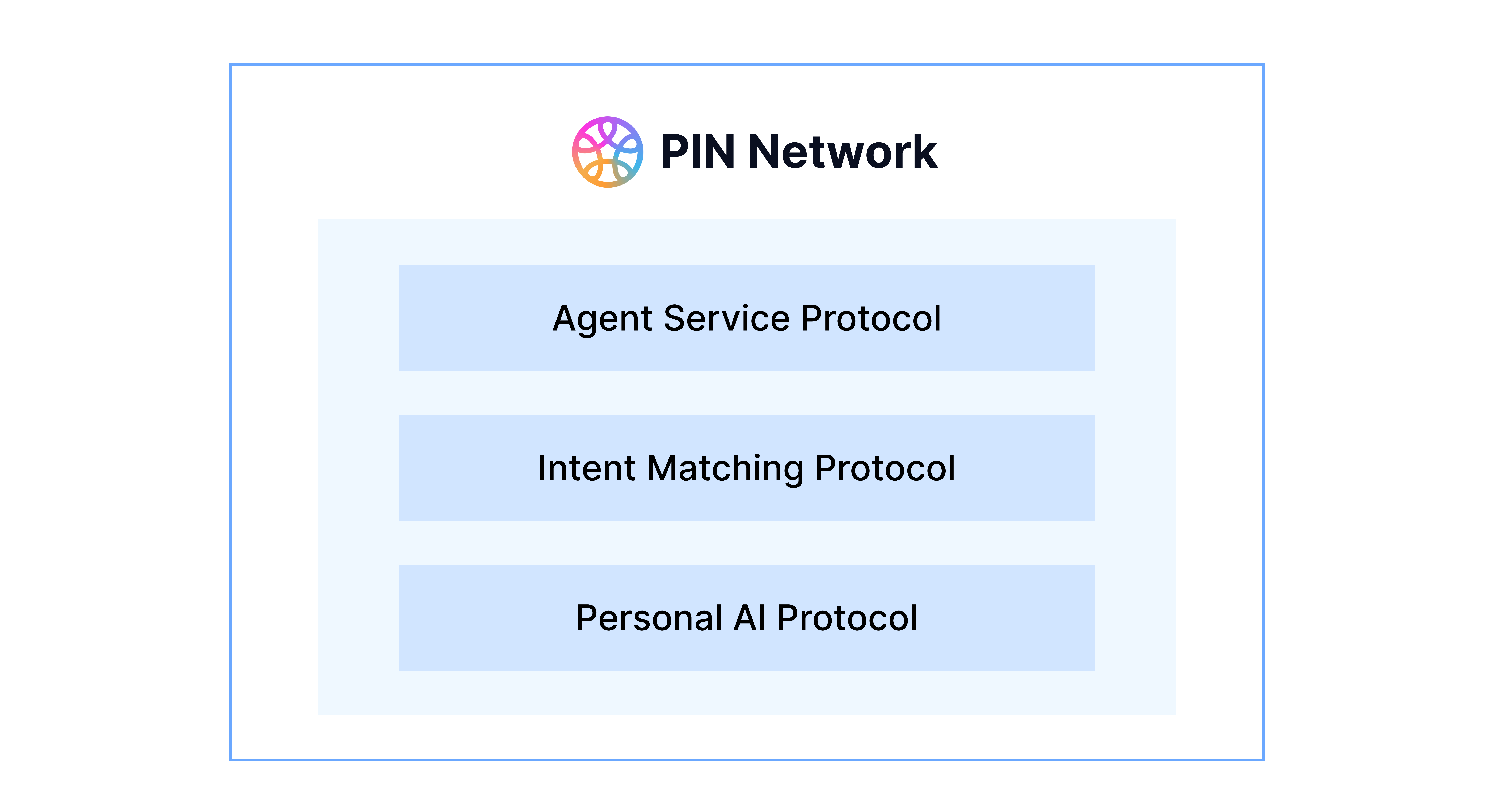
Personal AI Protocol
The Personal AI Protocol is a privacy-first, open-source framework that enables secure and verifiable data handling across both Web2 and Web3 platforms. It empowers users to unlock, control, and leverage their personal data to power their own Personal AI.Key components
- Data Connectors: Decentralized nodes that securely fetch and process personal data within Trusted Execution Environments (TEEs).
- On-Device LLMs (Personal AI): Local AI models that provide real-time, context-aware assistance while keeping data on the user’s device.
- God Models: A validation engine that continuously benchmarks and scores Personal AIs.
The following protocols are in development and planned for Phase 2 of our roadmap.
Intent Matching Protocol
The Intent Matching Protocol facilitates the seamless coordination between users’ Personal AI and external AI agents, ensuring efficient, privacy-preserving, and verifiable service execution. It allows users to express intents—requests for AI-driven actions or services—while enabling AI agents to compete for optimal fulfillment based on reputation, bid amount, and preference embeddings.Key components
- Intent Submission: Users submit structured intent requests through their Personal AI, specifying parameters such as service category, budget, and constraints.
- Bid Submission: AI agents respond with competitive bids, including service capabilities, pricing, and reputation scores.
- Intent Matching Algorithm: The protocol evaluates agent bids based on preference embeddings, bid competitiveness, and reputation metrics, ensuring optimal service quality at minimal cost.
Agent Service Protocol
The Agent Services Protocol is a decentralized marketplace that connects users’ Personal AI with specialized AI agents. It facilitates intent matching, transparent service execution, and programmable payments, fostering an open and competitive economy for AI agent innovation.Key components
- Agent Service Economy: Enables fast micropayments, programmable payments, shared ownership, and on-chain reputation tracking.
- Agent Registry: A decentralized registry for AI agents and data services, featuring reputation scores and native staking mechanisms.
- Agent Communication Protocol: Secures interactions between users and agents using Trusted Execution Environments (TEEs) for sensitive data and verifies outcomes on-chain.
